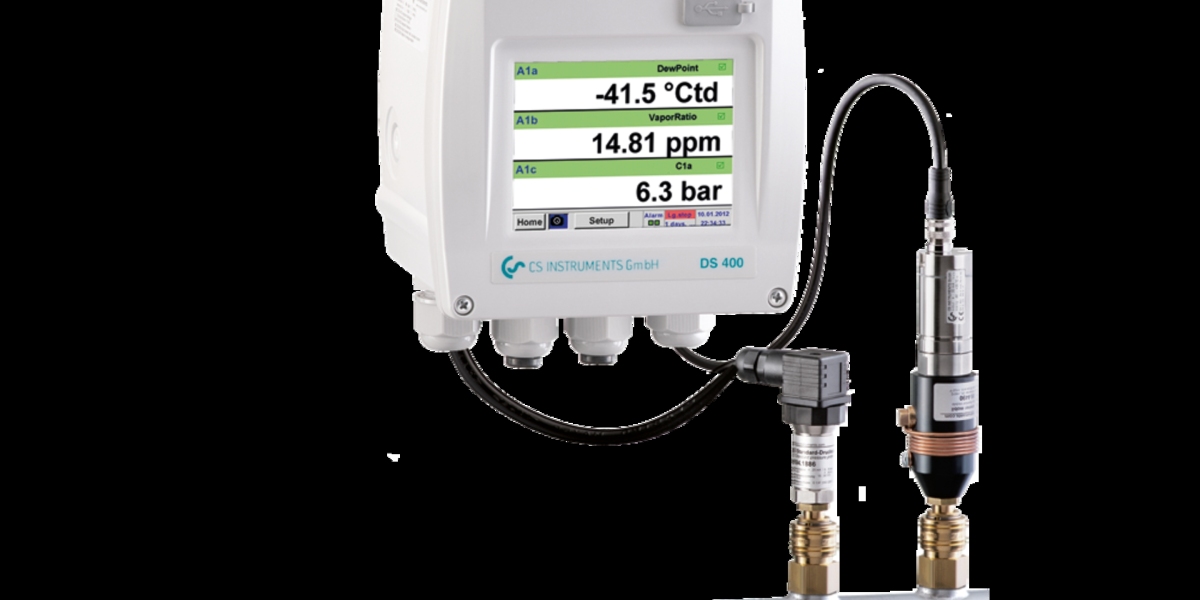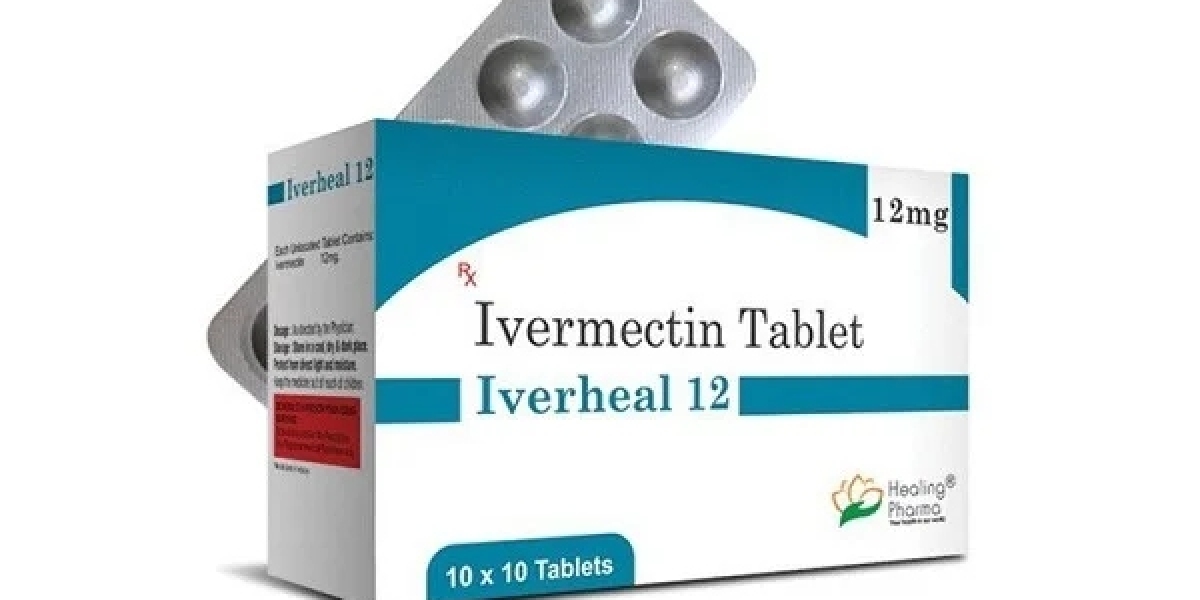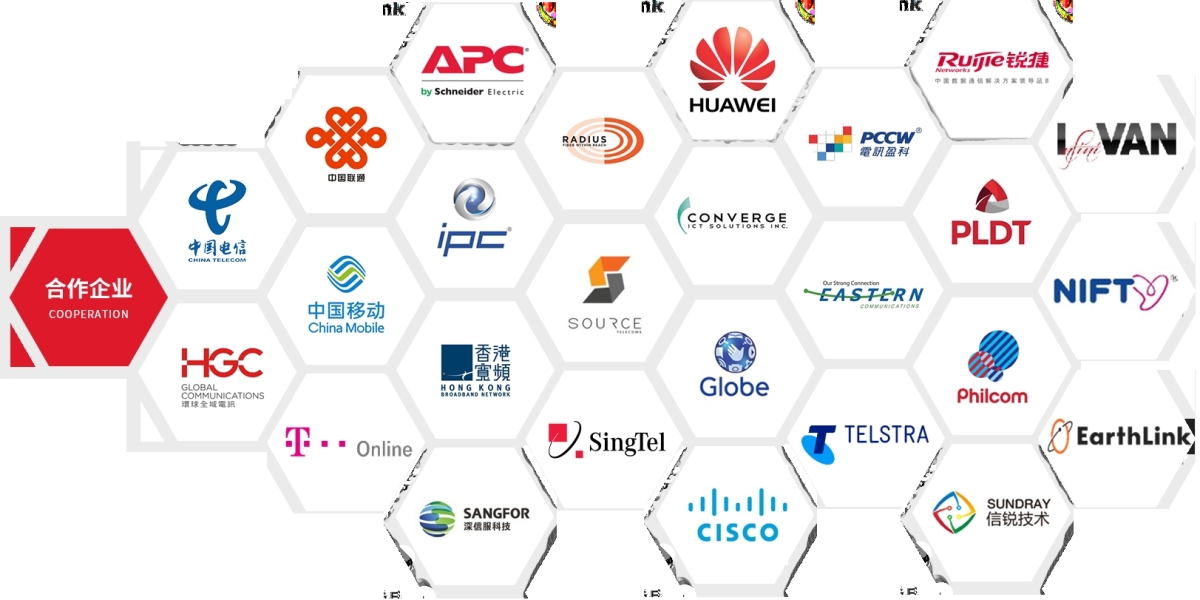One crucial yet often overlooked factor is humidity. While temperature control tends to dominate discussions about comfort and energy efficiency, humidity plays an equally significant role in determining how comfortable, healthy, and efficient an environment can be.
Whether in homes, offices, factories, or data centers, accurately measuring and managing humidity is essential for achieving ideal climate control. This article explores the science of humidity, its effects on human comfort and health, and the critical role of Humidity and moisture measurement in modern climate control systems.
Understanding Humidity and Its Types
Humidity refers to the amount of water vapor present in the air. Water vapor is a natural component of the atmosphere, but its concentration varies depending on factors like temperature, air pressure, and location. Warmer air can hold more moisture than cooler air, which is why humid summer days often feel sticky and oppressive.
There are several ways to express humidity:
Absolute Humidity – the actual mass of water vapor in a given volume of air, expressed in grams per cubic meter (g/m³).
Relative Humidity (RH) – the ratio of current water vapor content to the maximum amount the air can hold at a given temperature, expressed as a percentage.
Specific Humidity – the mass of water vapor per unit mass of air, typically used in meteorology.
Dew Point – the temperature at which air becomes saturated and water vapor condenses into liquid.
Of these, relative humidity is the most widely measured and used in climate control applications because it directly relates to human comfort and environmental conditions.
Why Humidity Matters for Comfort
Humidity profoundly affects how we perceive temperature and comfort. The human body maintains its core temperature primarily through perspiration. When humidity levels are high, sweat evaporates more slowly, making it harder to cool down. Conversely, in environments with low humidity, moisture evaporates too quickly, leading to dry skin, throat irritation, and static electricity buildup.
Research and experience have shown that most people feel comfortable at a relative humidity between 40% and 60%, combined with moderate temperatures (around 20–24°C or 68–75°F). Within this range:
The air feels fresh and neither too dry nor too damp.
Respiratory comfort is maximized, and the risk of airborne pathogens decreases.
Building materials, furniture, and electronics are less prone to damage from moisture or dryness.
When humidity falls outside this comfort zone, several issues arise:
Low humidity (<30%) can cause dry skin, cracked lips, itchy eyes, and respiratory discomfort. It can also increase dust and static electricity, leading to potential damage to sensitive electronics.
High humidity (>70%) creates a breeding ground for mold, bacteria, and dust mites. It can make spaces feel stuffy and uncomfortable while contributing to building material degradation and health problems such as allergies and asthma.
Humidity and Health Implications
Maintaining proper humidity levels is not just a matter of comfort—it’s also vital for health. Airborne viruses and bacteria thrive in either very dry or very humid conditions. For instance, studies have shown that influenza viruses survive longer in dry air, increasing the likelihood of infection during winter months when indoor heating reduces humidity.
Excess humidity, on the other hand, encourages the growth of mold spores and dust mites, both of which are common triggers for allergic reactions and asthma. Thus, proper humidity control can significantly reduce the spread of infectious diseases and improve indoor air quality.
In healthcare environments, such as hospitals and laboratories, Humidity and moisture measurement and control are even more critical. Controlled humidity prevents microbial growth, protects sensitive equipment, and ensures safe conditions for both patients and medical staff.
Industrial and Commercial Importance
Beyond comfort and health, humidity measurement plays a vital role in industrial and commercial applications. Many production processes depend on specific humidity levels to ensure product quality and operational safety.
Manufacturing: In textile, paper, and wood industries, humidity affects material properties such as elasticity, strength, and dimensional stability. Controlling humidity prevents warping, shrinkage, and static buildup.
Pharmaceuticals: Production and storage areas require strict humidity control to preserve the chemical integrity and efficacy of medicines.
Food Industry: Improper humidity can lead to spoilage, mold growth, and loss of freshness.
Electronics: Excess moisture can cause corrosion or short circuits, while low humidity may increase static discharge, damaging sensitive components.
Museums and Archives: Humidity must be carefully controlled to prevent deterioration of artworks, documents, and artifacts.
In all these cases, accurate humidity measurement ensures quality assurance, reduces waste, and prolongs the lifespan of both products and equipment.
Measuring Humidity: Instruments and Technologies
Modern climate control systems rely on various instruments to measure humidity accurately. The most common devices include:
Hygrometers – general instruments used to measure humidity levels.
Psychrometers – use two thermometers (wet bulb and dry bulb) to determine relative humidity through temperature difference.
Capacitive Sensors – measure changes in electrical capacitance as humidity varies. These are widely used in HVAC systems and weather monitoring.
Resistive Sensors – detect changes in electrical resistance due to moisture absorption.
Dew Point Hygrometers – measure the temperature at which dew forms, providing precise humidity data in critical environments.
Advances in digital humidity sensors have greatly improved measurement accuracy and integration into automated control systems. These sensors are small, reliable, and capable of providing real-time data for continuous climate monitoring.
Humidity Control in Modern Climate Systems
Modern Heating, Ventilation, and Air Conditioning (HVAC) systems use humidity data to maintain ideal indoor conditions. Sensors continuously measure relative humidity, sending feedback to controllers that adjust humidifiers, dehumidifiers, and ventilation rates.
For instance:
During winter, heating systems tend to dry out indoor air. Humidifiers add moisture to maintain comfort and prevent dryness.
In summer, when humidity is naturally higher, dehumidifiers remove excess moisture to prevent condensation and mold growth.
Smart climate control systems integrate humidity data with temperature, CO₂, and occupancy sensors to create adaptive, energy-efficient environments.
Building automation systems increasingly rely on Internet of Things (IoT) technologies, where networked humidity sensors communicate data in real time. This allows for predictive maintenance, improved energy efficiency, and more precise environmental control.
Energy Efficiency and Sustainability
Effective humidity control also contributes to energy efficiency and sustainability. Maintaining proper humidity levels reduces the load on heating and cooling systems because air feels warmer at higher humidity and cooler at lower humidity. This allows thermostats to be set slightly higher in summer and lower in winter without compromising comfort.
In green building standards such as LEED and WELL Building Certification, Humidity and moisture measurement and control are key components of indoor environmental quality. By optimizing both comfort and efficiency, humidity management aligns with the broader goals of sustainable design.
The Future of Humidity Measurement
As technology advances, Humidity and moisture measurement continues to evolve. Innovations include microelectromechanical (MEMS) sensors, wireless sensor networks, and AI-driven predictive climate control. These systems can anticipate humidity changes and adjust HVAC operations automatically, enhancing comfort while minimizing energy consumption.
Moreover, remote monitoring and data analytics allow facility managers to track humidity trends over time, identify inefficiencies, and ensure compliance with environmental standards. The growing integration of sensor data into cloud-based platforms further enhances accuracy, scalability, and responsiveness.
Conclusion
Humidity and moisture measurement is far more than a technical parameter—it is a cornerstone of comfort, health, efficiency, and sustainability. Whether in residential spaces or industrial environments, maintaining balanced humidity ensures that air feels fresh, systems run efficiently, and occupants remain healthy and comfortable.
As smart technologies and environmental awareness continue to shape the future of climate control, precise Humidity and moisture measurement will remain a key component in creating spaces that are not only livable but truly optimized for human well-being.









